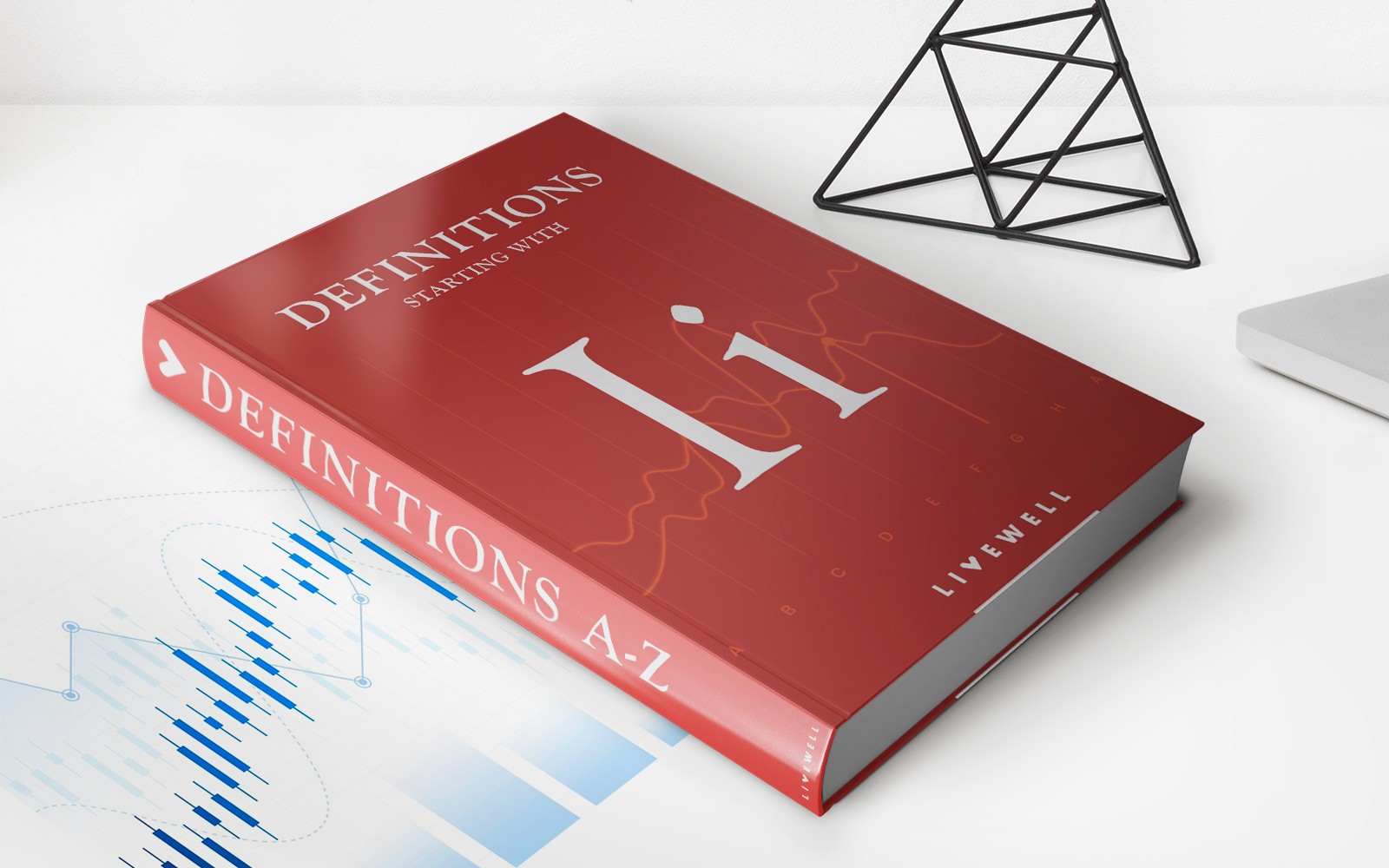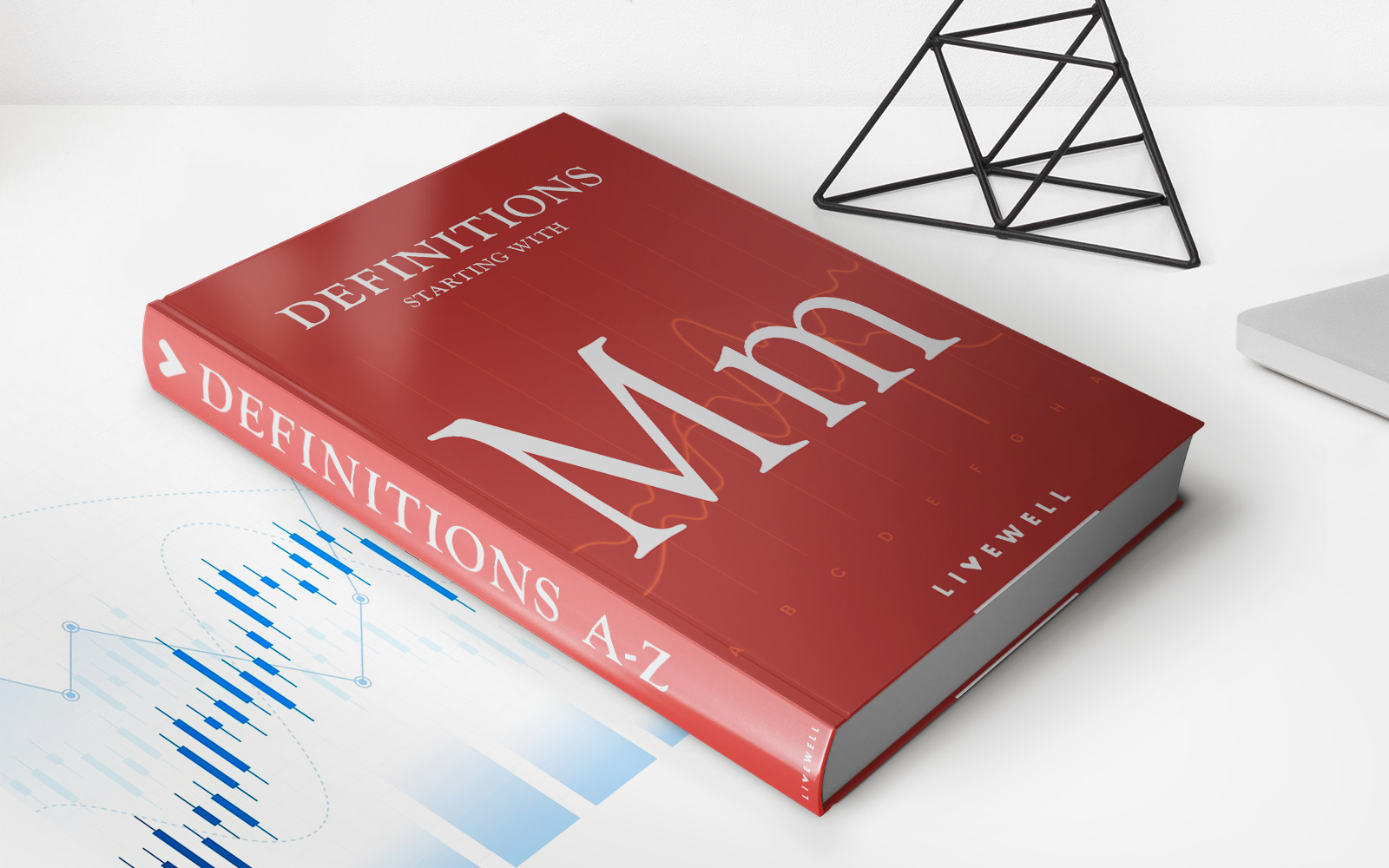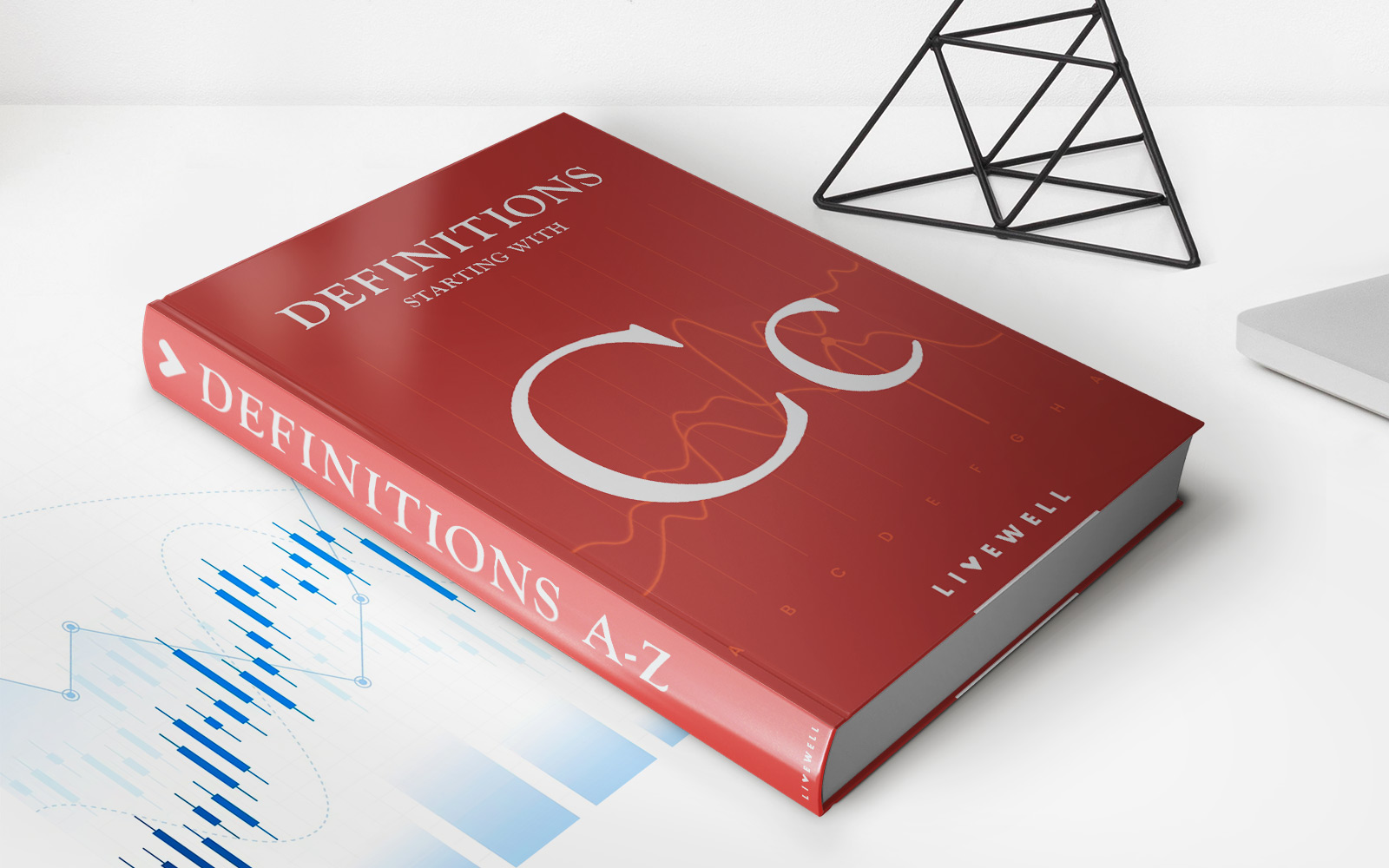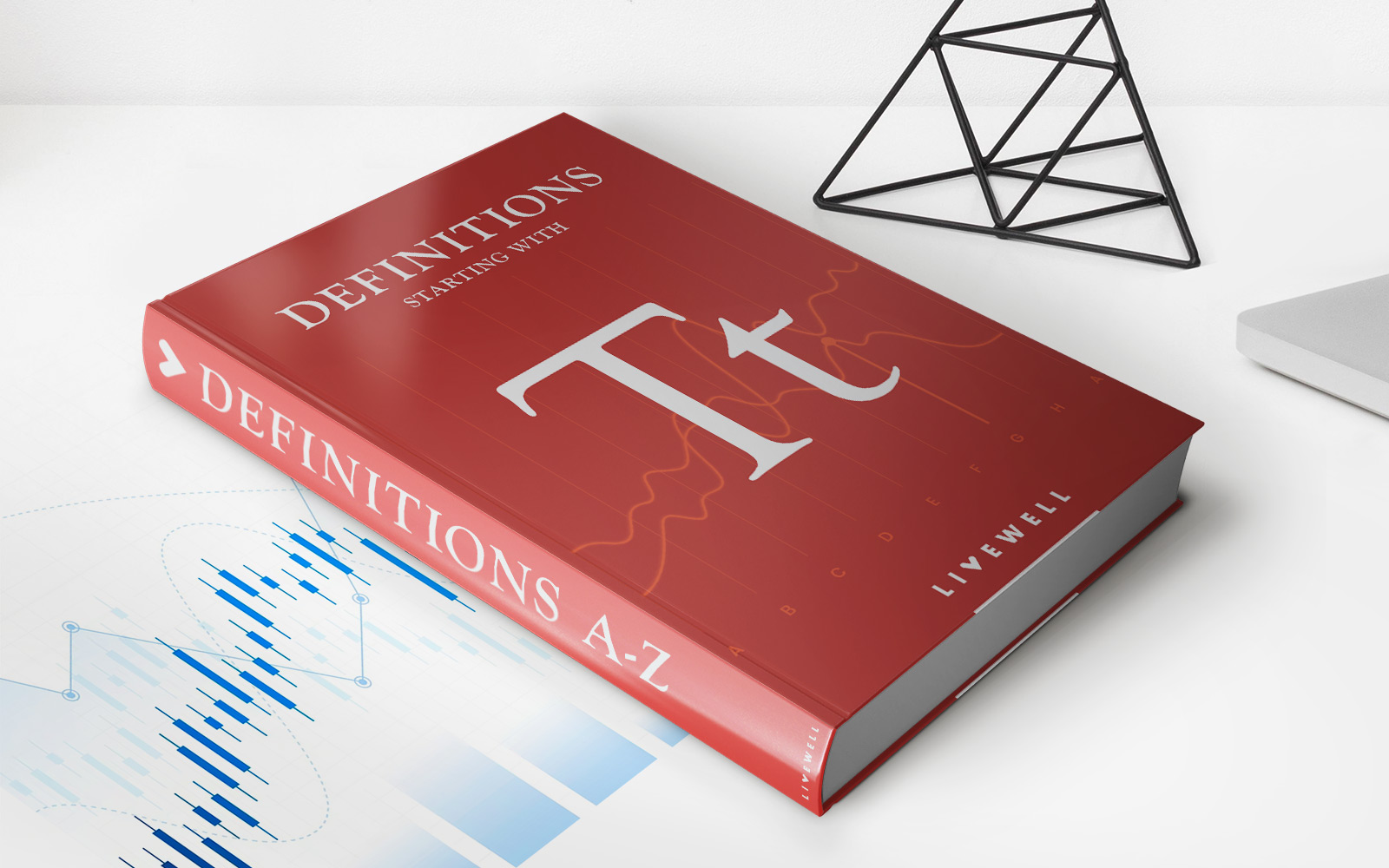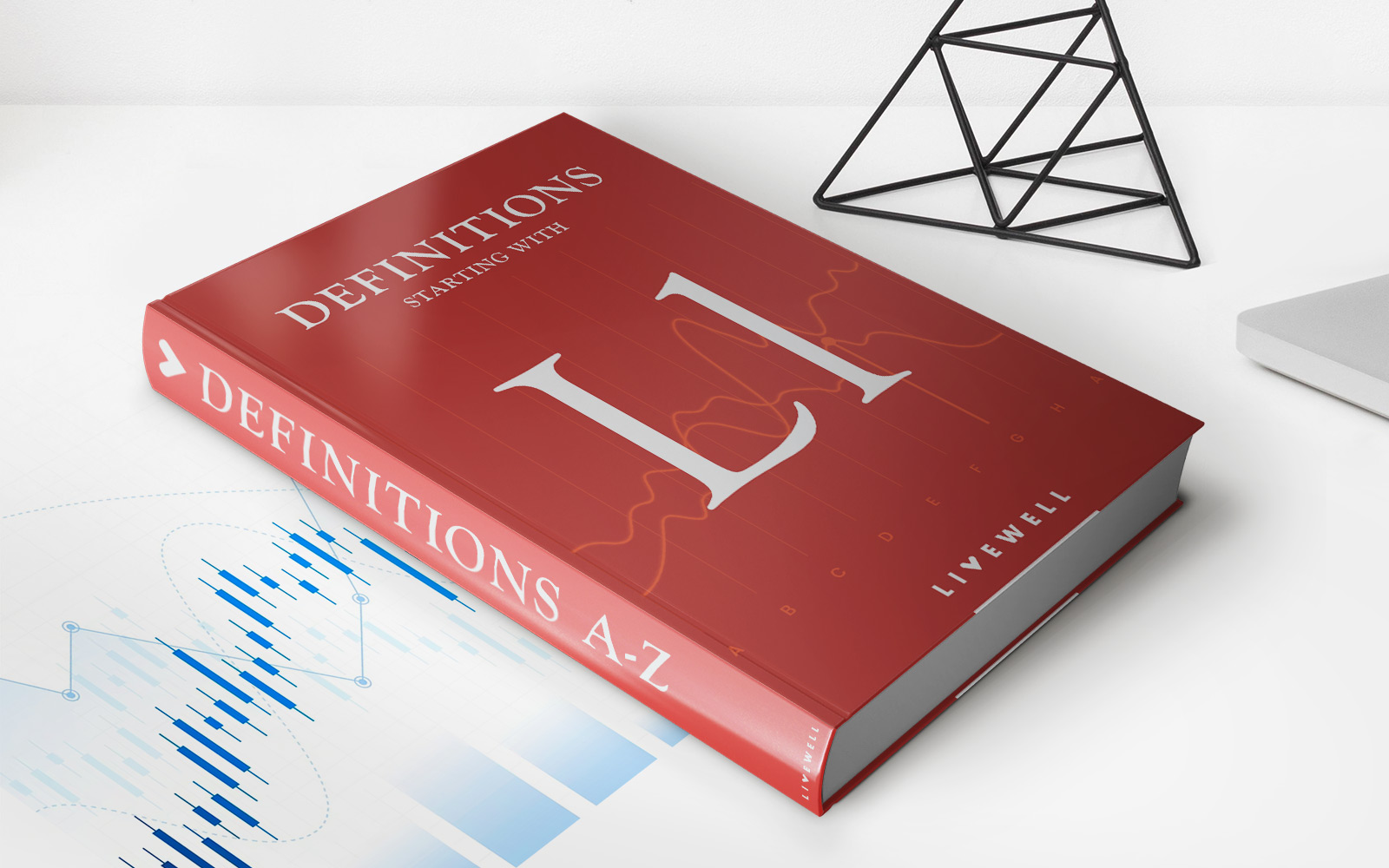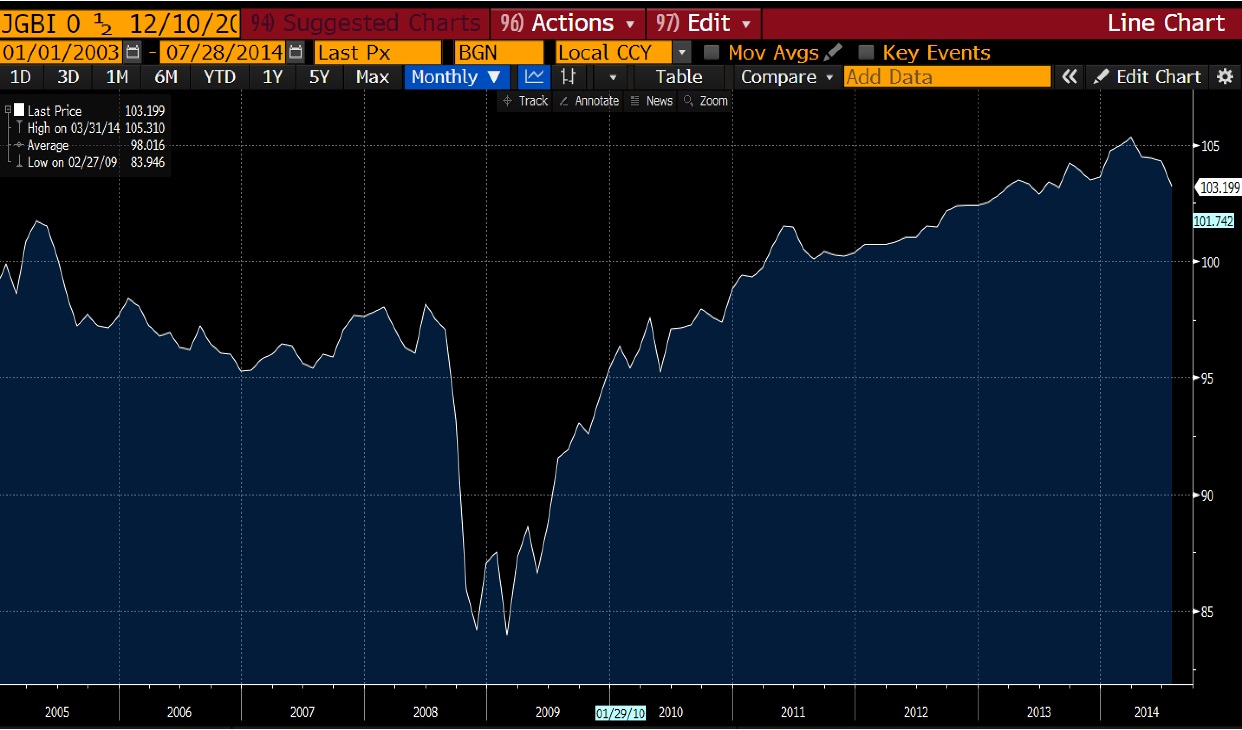

Finance
Why Are Inflation Linked Bonds Falling
Published: October 14, 2023
Discover why inflation-linked bonds are experiencing a decline in the finance market. Gain insights into the factors contributing to their falling value.
(Many of the links in this article redirect to a specific reviewed product. Your purchase of these products through affiliate links helps to generate commission for LiveWell, at no extra cost. Learn more)
Table of Contents
Introduction
Welcome to the world of finance, where markets are constantly fluctuating and investors are always on the lookout for the next big opportunity. One asset class that has recently experienced a significant decline is inflation-linked bonds. Inflation-linked bonds, also known as inflation-indexed bonds or Treasury Inflation-Protected Securities (TIPS), are fixed-income securities that provide investors with protection against inflation. These bonds are designed to adjust their principal value and interest payments based on changes in the Consumer Price Index (CPI).
In recent times, however, inflation-linked bonds have been experiencing a downward trend, leaving investors wondering why. In this article, we will explore the reasons behind the fall in inflation-linked bonds, the impact of changes in inflation expectations, the role of central bank policies, the relationship between these bonds and other assets, and strategies for investors in the current environment.
Before diving into the reasons for the decline, let’s briefly define inflation-linked bonds and how they work. These bonds are issued by governments or corporations and are generally considered safer than other fixed-income securities due to their built-in protection against inflation.
The principal value of an inflation-linked bond is adjusted regularly based on changes in the CPI. If the CPI rises, the principal value of the bond increases, resulting in higher interest payments. Conversely, if the CPI falls, the principal value decreases, leading to lower interest payments. This adjustment mechanism ensures that investors are protected against the erosive effects of inflation.
With this basic understanding of inflation-linked bonds, let’s explore some of the reasons behind their recent decline.
Definition of Inflation Linked Bonds
Inflation-linked bonds, also known as inflation-indexed bonds or Treasury Inflation-Protected Securities (TIPS), are fixed-income securities that provide investors with protection against inflation. These bonds are designed to adjust their principal value and interest payments based on changes in the Consumer Price Index (CPI).
Unlike traditional fixed-income bonds that offer a fixed interest rate and a fixed principal value, inflation-linked bonds take into account changes in the purchasing power of money over time. This is achieved through an adjustment mechanism that is tied to the prevailing inflation rate.
The principal value of an inflation-linked bond is adjusted periodically, usually on a monthly or quarterly basis, according to changes in the CPI. If the CPI rises, the principal value of the bond increases, resulting in higher interest payments. On the other hand, if the CPI falls, the principal value decreases, leading to lower interest payments.
The interest payments on inflation-linked bonds, known as the coupon payments, are also adjusted based on changes in the CPI. This ensures that the real interest rate, which accounts for inflation, remains relatively stable over the life of the bond.
Inflation-linked bonds are typically issued by governments, such as the U.S. Treasury, or by corporations seeking to raise capital while providing investors with a hedge against inflation. These bonds are considered safer than traditional fixed-income securities because they offer a measure of protection against the eroding effects of inflation.
Investors who hold inflation-linked bonds benefit from the adjustment mechanism, as it helps preserve the real value of their investment. By receiving higher interest payments that keep pace with inflation, investors can maintain their purchasing power and protect themselves against the rising cost of goods and services over time.
It is important to note that while inflation-linked bonds offer protection against inflation, they may carry other risks, such as interest rate risk and credit risk. Moreover, the actual returns on these bonds can be influenced by factors such as changes in inflation expectations, central bank policies, and market conditions.
Now that we have a clear understanding of what inflation-linked bonds are, let’s delve into the reasons for their recent decline in value.
Reasons for the Fall in Inflation Linked Bonds
Several factors have contributed to the recent decline in inflation-linked bonds. Understanding these reasons can provide investors with insights into the dynamics of the market and help them make informed investment decisions.
1. Decrease in Inflation Expectations: One of the primary drivers behind the fall in inflation-linked bonds is a decrease in inflation expectations. When investors anticipate lower inflation in the future, the value of inflation-linked bonds decreases as their potential for higher interest payments diminishes. This can occur due to factors such as subdued economic growth, reduced consumer spending, or central bank actions to control inflation.
2. Central Bank Policies: The policies implemented by central banks to stimulate or cool down the economy can also impact the value of inflation-linked bonds. When central banks raise interest rates to combat inflationary pressures, it can lead to a decrease in the value of these bonds. Higher interest rates increase the opportunity cost of holding inflation-linked bonds, making them less attractive compared to other fixed income assets that offer higher yields.
3. Market Sentiment and Risk Appetite: The overall market sentiment and risk appetite can influence investor behavior and impact the demand for inflation-linked bonds. During periods of economic uncertainty or market volatility, investors may seek safer assets like traditional fixed-income bonds, leading to a decrease in demand for inflation-linked bonds and a subsequent fall in their prices.
4. Changes in Monetary Policy: Monetary policy decisions made by central banks, such as quantitative easing or tightening measures, can affect the value of inflation-linked bonds. For instance, if a central bank implements a bond-buying program, it can drive down yields on traditional fixed-income bonds and make inflation-linked bonds relatively less attractive in comparison.
5. Market Liquidity and Interest Rate Movements: Inflation-linked bonds are not as liquid as traditional fixed-income bonds, which can lead to price volatility. Additionally, changes in interest rates, especially unexpected movements, can impact the value of these bonds. If interest rates rise without a corresponding increase in inflation, it can negatively affect the demand for inflation-linked bonds, resulting in a decline in their prices.
It is important for investors to keep these factors in mind when considering investments in inflation-linked bonds. These bonds can play a valuable role in a diversified portfolio, providing a hedge against inflation and preserving purchasing power over time. However, it is essential to carefully assess the market environment and consider the potential risks before making investment decisions.
Now that we have explored the reasons for the fall in inflation-linked bonds, let’s move on to understanding the impact of changes in inflation expectations.
Impact of Changes in Inflation Expectations
Changes in inflation expectations can have a significant impact on the value of inflation-linked bonds. As investors anticipate higher or lower levels of inflation in the future, it can affect their demand for and perception of these bonds.
1. Increase in Inflation Expectations: When investors expect higher inflation in the future, the value of inflation-linked bonds can rise. This is because these bonds offer protection against inflation, and the potential for higher interest payments becomes more attractive. As a result, investors are willing to pay a premium for these bonds, which drives up their prices.
2. Decrease in Inflation Expectations: Conversely, when investors anticipate lower inflation in the future, the value of inflation-linked bonds can decrease. Lower inflation expectations mean that the potential for higher interest payments diminishes, leading to a decrease in demand for these bonds. As a result, their prices decline.
It’s important to note that changes in inflation expectations can be influenced by various factors, including economic indicators, central bank policies, and market sentiment.
Economic Indicators: Economic indicators, such as GDP growth, employment data, and consumer spending, can provide insights into the potential direction of inflation. If these indicators suggest a strong and growing economy, investors may anticipate higher inflationary pressures, leading to an increase in inflation expectations.
Central Bank Policies: The actions and statements of central banks can have a significant impact on inflation expectations. When central banks adopt accommodative monetary policies, such as lowering interest rates or implementing quantitative easing, it can bolster inflation expectations. On the other hand, tightening measures, like raising interest rates, can dampen inflation expectations.
Market Sentiment: Investor sentiment and market conditions can also influence inflation expectations. During periods of economic uncertainty or market volatility, investors may become more cautious and anticipate lower inflation. Conversely, in times of optimism and positive market sentiment, inflation expectations may rise.
Overall, changes in inflation expectations have a direct impact on the value of inflation-linked bonds. It is crucial for investors to stay updated with economic indicators, central bank policies, and market sentiment to accurately gauge inflation expectations and make informed investment decisions.
In the next section, we will examine the role of central bank policies in relation to inflation-linked bonds.
Role of Central Bank Policies
Central banks play a crucial role in the performance of inflation-linked bonds. Their monetary policies and actions can directly impact the value and demand for these bonds.
1. Interest Rate Decisions: Central banks have the power to set and adjust interest rates in order to manage inflation and stimulate or cool down economic growth. When central banks raise interest rates, it can have a negative impact on the value of inflation-linked bonds. Higher interest rates make these bonds relatively less attractive compared to other fixed-income assets that offer higher yields. This can lead to a decrease in demand for inflation-linked bonds and, subsequently, a decline in their prices.
2. Quantitative Easing (QE): Central banks may implement quantitative easing programs to stimulate the economy during times of economic downturn or deflationary pressures. These programs involve the purchase of government bonds, including inflation-linked bonds, in order to inject liquidity into the financial system. While QE can support the overall bond market, it can also reduce the yields on inflation-linked bonds, making them less attractive to investors seeking higher returns.
3. Communication and Guidance: Central banks communicate their policies and provide guidance through statements, press conferences, and official publications. Any indications of future interest rate changes, inflation targets, or adjustments to monetary policy can influence investor sentiment and expectations. For example, if a central bank signals a more hawkish stance on inflation, in which they are more likely to implement tighter monetary policy, it can lead to a decrease in inflation expectations and a subsequent decline in the value of inflation-linked bonds.
4. Economic Stimulus Measures: In times of economic downturn or crisis, central banks may implement measures to provide stimulus and support economic recovery. These measures can include reducing interest rates, implementing bond-buying programs, or injecting liquidity into the financial system. Such measures can lead to increased demand for inflation-linked bonds as investors seek assets that provide protection against inflation and the potential for higher returns.
While central bank policies can have a significant impact on inflation-linked bonds, it is important to note that they are just one of many factors influencing the performance of these bonds. Factors such as changes in inflation expectations, market sentiment, and economic indicators also play a role in determining the value and demand for inflation-linked bonds.
Now that we understand the role of central bank policies, let’s explore the relationship between inflation-linked bonds and other assets.
Relationship between Inflation Linked Bonds and Other Assets
Inflation-linked bonds have a unique relationship with other asset classes, and understanding this relationship is crucial for investors to diversify their portfolios effectively.
1. Traditional Fixed-Income Bonds: Inflation-linked bonds and traditional fixed-income bonds, such as government bonds or corporate bonds, exhibit differing characteristics. Traditional fixed-income bonds provide a fixed interest payment regardless of changes in inflation, while inflation-linked bonds adjust their principal value and interest payments based on changes in the Consumer Price Index (CPI). This fundamental difference means that the returns on inflation-linked bonds are more closely tied to changes in inflation expectations, while traditional fixed-income bonds are typically influenced by interest rate movements. By including both types of bonds in a portfolio, investors can hedge against both inflation and interest rate risk.
2. Equities: Equities, or stocks, have historically demonstrated a negative correlation with inflation-linked bonds. This means that when inflation rises, the stock market tends to perform well, while the value of inflation-linked bonds may decline. This negative correlation can be attributed to the fact that companies can pass on higher costs to consumers through price increases, which can boost company revenues and stock prices. However, including inflation-linked bonds in a diversified portfolio can provide a hedge against potential inflationary shocks and help offset the impact of inflation on stock returns.
3. Commodities: Commodities, such as gold, oil, or agricultural products, are often considered as natural hedges against inflation. As the prices of these commodities rise with inflation, their values tend to increase. This positive correlation between commodities and inflation can complement the protection offered by inflation-linked bonds. Combining investments in both inflation-linked bonds and commodities can provide a more comprehensive inflation hedge within a portfolio.
4. Real Estate: Real estate investments also have a historical association with inflation. As the general price level rises, so do property values. Real estate investments can serve as a hedge against inflation by providing potential rental income growth and appreciation in property value. Including both inflation-linked bonds and real estate assets in a portfolio can offer diversified exposure to inflationary pressures from different angles.
It is important to note that the relationship between inflation-linked bonds and other asset classes can vary depending on economic conditions, market sentiment, and individual investment preferences. Diversification across multiple asset classes can help mitigate risks and capture potential returns from various sources. Investors should consider their investment objectives, risk tolerance, and time horizon when deciding how to allocate their investments across different asset classes.
Now, let’s explore different investment strategies for investors in the current environment.
Strategies for Investors in the Current Environment
Given the recent decline in inflation-linked bonds and the evolving market conditions, investors may consider implementing certain strategies to navigate the current environment effectively.
1. Diversification: Diversification is a fundamental strategy that helps spread risk across different asset classes, including inflation-linked bonds, traditional fixed-income bonds, equities, commodities, and real estate. By diversifying your portfolio, you can reduce the impact of any individual asset’s performance on your overall investment returns. This strategy allows you to capture potential gains from different sources while mitigating potential losses.
2. Assess Inflation Outlook: Monitoring and assessing the inflation outlook is crucial for investors in the current environment. Keep an eye on economic indicators, central bank policies, and market sentiment to gauge expectations for future inflation. This assessment can help you make informed decisions regarding your allocation to inflation-linked bonds and other assets. Adjust your portfolio allocation based on your views on inflation and the potential impact it can have on different asset classes.
3. Maintain a Balanced Allocation: Adjust your portfolio allocation based on your risk tolerance, investment goals, and outlook for inflation and other asset classes. A balanced allocation can help you mitigate risks and capture potential returns from different sources. Consider the role of inflation-linked bonds as a hedge against inflation while also diversifying across other asset classes that perform well in different economic and market conditions.
4. Stay Updated on Central Bank Policies: Central bank policies have a significant impact on the performance of inflation-linked bonds. Stay informed about interest rate decisions, quantitative easing programs, and communication from central banks. This information can provide insights into potential changes in inflation expectations and the overall market sentiment. Adjust your investment strategy accordingly based on the anticipated impact of central bank policies on inflation-linked bonds and other assets.
5. Seek Professional Advice: Investing in different asset classes requires a deep understanding of market dynamics and the ability to analyze complex financial data. Don’t hesitate to seek professional advice from financial advisors or investment professionals who have expertise in managing portfolios in the current environment. They can provide tailored guidance based on your individual circumstances and investment objectives.
It’s important to remember that every investor’s situation is unique, and strategies may need to be customized accordingly. Regularly review and reassess your investment strategy to ensure it aligns with your financial goals and risk tolerance.
Now, let’s wrap up the article.
Conclusion
Inflation-linked bonds have experienced a significant decline in recent times, primarily driven by factors such as decreased inflation expectations, central bank policies, market sentiment, and changes in interest rates. Understanding the dynamics of inflation-linked bonds and their relationship with other asset classes is crucial for investors seeking to navigate the current environment.
While the decline in inflation-linked bonds may pose challenges for investors, it also presents opportunities. Implementing strategies such as diversification, assessing the inflation outlook, maintaining a balanced allocation, staying updated on central bank policies, and seeking professional advice can help mitigate risks and capture potential returns.
By diversifying across different asset classes, including inflation-linked bonds, traditional fixed-income bonds, equities, commodities, and real estate, investors can spread risk and take advantage of the potential benefits each asset class offers. Assessing the inflation outlook provides insights into the potential direction of inflation and helps adjust portfolio allocations accordingly. Staying informed about central bank policies and market sentiment allows for timely adjustments to investment strategies.
Investors must remember that their individual circumstances, risk tolerance, and investment goals should guide their decision-making process. Regularly reviewing and reassessing investment strategies is crucial in order to ensure they remain aligned with financial objectives.
In conclusion, the recent fall in inflation-linked bonds necessitates a thoughtful approach for investors. By understanding the reasons behind their decline, assessing the impact of changes in inflation expectations, acknowledging the role of central bank policies, and recognizing the relationship between inflation-linked bonds and other assets, investors can position themselves for success in the current environment. With the right strategies and a well-diversified portfolio, investors can effectively navigate market conditions and seize opportunities in this ever-evolving financial landscape.
